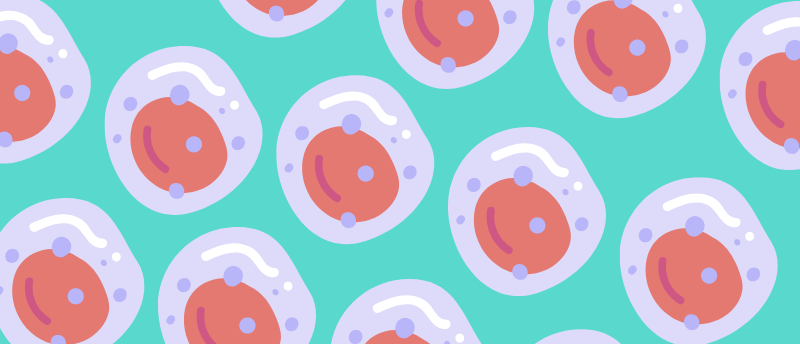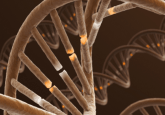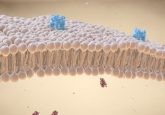Novel ‘kill-switch’ nanorobot selectively kills cancer cells

Researchers have developed a pH-responsive nanorobot system that changes confirmation in the tumor microenvironment to selectively kill cancer cells in mice.
Researchers at the Karolinska Institutet (Stockholm, Sweden) have recently developed a nanorobot system capable of killing cancer cells in mice. This system works by activating at lower pH, such as within the tumor microenvironment. It is hoped that this could serve as a proof-of-concept for similar stimulus-responsive nanorobotic approaches and introduce a new range of effective cancer therapeutics.
Certain membrane proteins capable of inducing apoptosis, a type of cell death, appear on the surface of both healthy and cancer cells. These proteins, often called death receptors, join and activate when in close proximity to each other. This closeness is induced by external factors binding to the cell surface.
Previous work has demonstrated that hexagonal arrangements of death receptor ligands are sufficient to artificially induce death-receptor activation and subsequent apoptosis. However, these arrangements activated apoptosis indiscriminately and did not have specific cancer cell-targeting features.

AACR 2024: key themes, takeaways and triumphs from Program Co-Chair Christina Curtis
Christina Curtis discusses her selections for the program, what she found most exciting at the conference and her perspective on the current landscape of cancer research.
To overcome this, the researchers attached the established ligand arrangements to a pH-responsive DNA origami, which changed confirmation to expose the hidden ligands at a pH of 6.5 and lower. This stimulus-responsive system was designed to selectively kill cancer cells, as the tumor microenvironment has a lower pH than the typical physiological pH of 7.4.
The ability of this system to selectively kill cells at lower pH was confirmed using in vitro cytotoxicity experiments on cultured human cells. Following this, the system was administered intravenously to a mouse model with a tumor derived from human breast cancer cells. The administered nanorobot system was found to selectively target cancer cells and reduced tumor growth significantly, with a tumor suppression efficacy of around 70%.
While these findings suggest an exciting new strategy to tackle cancer could be developed using this technology, researchers stress that more work is needed to understand whether this approach could be applied in the clinic. “We now need to investigate whether this works in more advanced cancer models that more closely resemble the real human disease” explained Yang Wang, first author on this study. However, this discovery represents an exciting new framework, which researchers are already looking to refine by adding ligands to the surface of the nanorobot system that bind to specific cancer-type cell surfaces to increase targeting capability.


